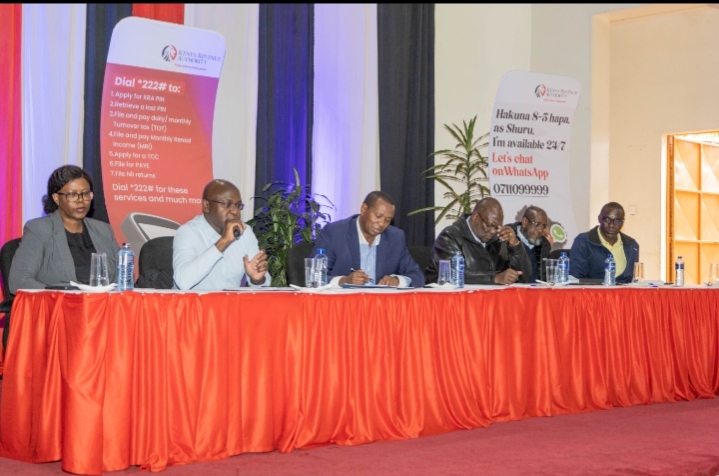Harnessing the Sun: How Solar Energy Could Transform East Africa’s Agriculture

Eng Vincent kabuti speaking during the launch of the solar Energy for Agricultural Resilience (SoLR) Phase II project at the international water management institute
Against the backdrop of rising climate shocks, high energy costs, and mounting food insecurity, a ray of hope is emerging for smallholder farmers in East Africa. The solution is simple yet powerful: the sun.
This week, leaders in agriculture, energy, and development gathered in Nairobi to launch the Solar Energy for Agricultural Resilience (SoLAR) Phase II Project. The initiative, spearheaded by the International Water Management Institute (IWMI) with support from the Swiss Agency for Development and Cooperation (SDC), aims to make solar power a cornerstone of the region’s food systems.
For farmers across Kenya and its neighbors, the stakes could not be higher. Although the country boasts a potential 3.3 million acres of irrigable land, only a fraction is currently under irrigation. That untapped capacity, according to Eng. Vincent Kabuti, Kenya’s Irrigation Secretary, underscores the urgency of scaling up. “What is needed is coordinated action to bridge policy gaps, expand financing options, and raise awareness among farmers,” Kabuti stressed.
“Solar energy has the potential to transform food systems,” said Dr. Inga Jacobs-Mata, IWMI’s Director of Water, Growth and Inclusion. “Through SoLAR II, we will work hand-in-hand with governments, private sector actors and communities to create the enabling environment that will allow these technologies to thrive at scale.”
Beyond irrigation, the program is advancing a broader vision: the Productive Uses of Renewable Energy (PURE). This approach encourages solar power not just for farming but also for cold storage, efficient dryers, grain milling, and agro-processing equipment—critical steps in reducing post-harvest losses and boosting farmer incomes.
At the inception workshop, the diversity of voices was striking. Senior government officials sat alongside private sector leaders, farmer representatives, financiers, and civil society partners. The mix reflected a shared recognition: food security cannot be solved in isolation. It requires collaboration, investment, and innovation.
For many farmers, the promise of solar-powered agriculture could mean more than higher yields. It could translate into resilience against climate shocks, reduced dependence on expensive fossil fuels, and greater opportunities for rural communities to participate in growing markets.
As the sun blazed down on Nairobi during the launch, the symbolism was hard to miss. East Africa has abundant solar energy waiting to be harnessed—and with SoLAR II, the region may finally have the blueprint to turn sunlight into food security.





